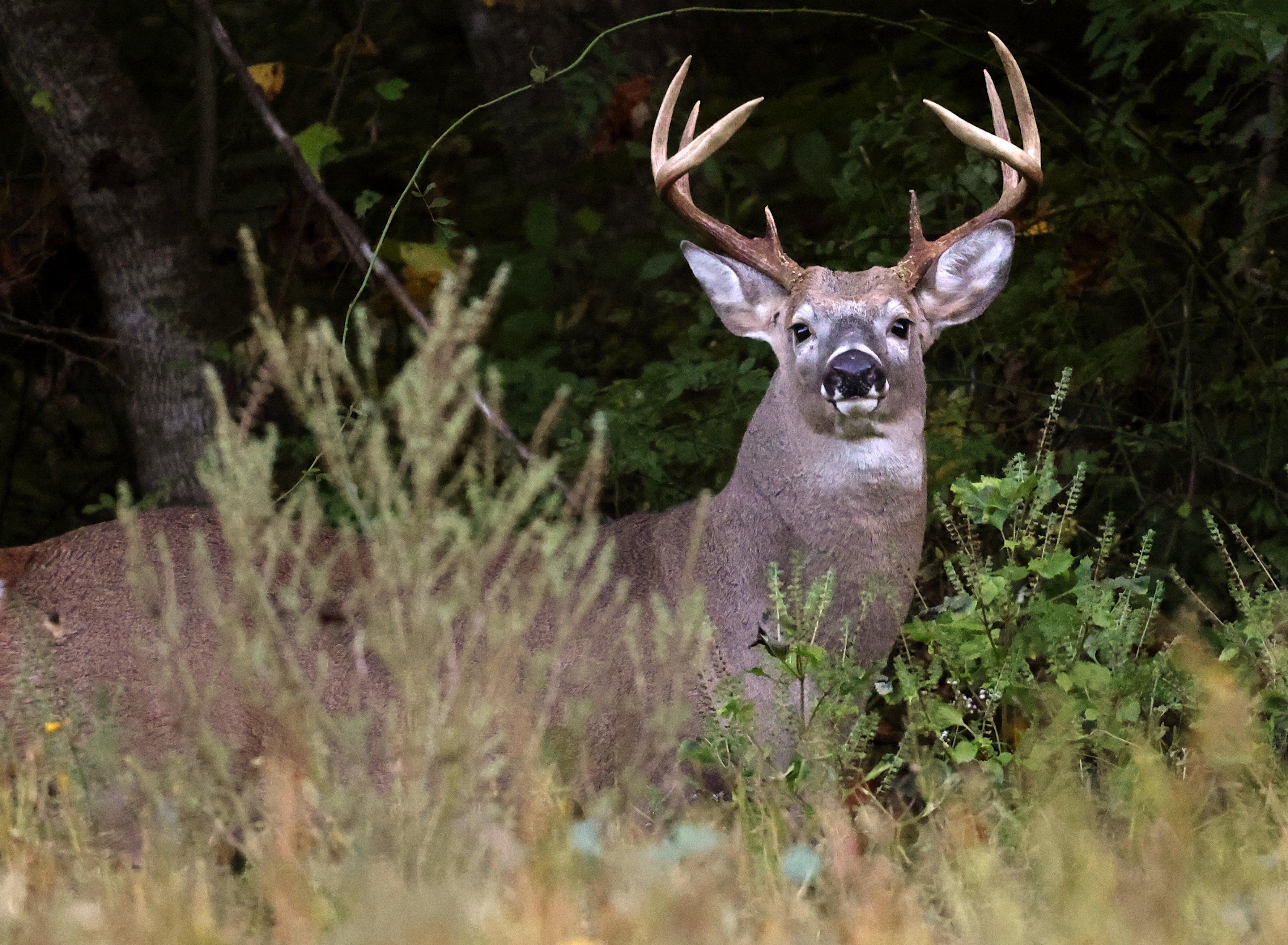More whitetails live in North America than anywhere, but there are populations of them in Peru, Finland, New Zealand, and other corners of the globe, too

Whitetails are native to North America, but they’ve been stocked on continents around the world. Image by Honeycutt Creative
The white-tailed deer (Odocoileus virginianus) is far and away the most popular big-game animal in North America. It’s also highly adaptable, and able to thrive in suburban backyards and wilderness areas alike. There are 38 whitetail subspecies, and some of them live in some pretty surprising places. Let’s take a look at the corners of the globe where whitetails are found.
United States: Starting with the obvious. More whitetails live in the U.S. than anywhere else. That’s a result of excellent habitat and a carefully managed resource, courtesy of the North American Model of Conservation.
Most experts agree that 29 subspecies of whitetails inhabit North America, including 16 in the United States. In terms of deer, the country is divided into several regions including the Northeast, Southeast, Midwest, Northwest, and Southeast. The Midwest is known for big-antlered, monster-bodied deer, but big bucks can pop up just about anywhere.
Canada: Whitetails inhabit each of the southern Canadian provinces including British Columbia, Alberta, Saskatchewan, Manitoba, Ontario, Quebec, New Brunswick, and even Nova Scotia. Historically, Alberta and Saskatchewan harbor the most and largest whitetails. But other provinces — namely Manitoba, Ontario, and New Brunswick — also produce a good number of record-class deer.
Mexico: Mexico holds a significant whitetail population. Though bucks south of the border usually have smaller bodies than their U.S. cousins, some regions can grow especially big antlers. Coahuila is especially famous for top-end whitetails.
Central America: Whitetails inhabit several Central American countries. Guatemala, among other countries, has stable whitetail populations. The Yucatan is famous for the ocellated turkey, but it’s also home to the Yucatan whitetail, which is a smaller version of its northern cousins.
South America: Whitetails extend well into South America, inhabiting countries such as Argentina, Bolivia, Brazil, Chile, Peru, and more. Those subspecies are smaller and look somewhat different from their North American brethren. South American whitetails are very adaptable, thriving in grasslands, forests, and even mountainous areas.
Caribbean: A small subspecies of whitetail thrives in the Caribbean. They can be found in Cuba, Jamaica, Puerto Rico, St. Croix, St. Kitts, and other nearby islands. These deer are among the smallest of all whitetail subspecies.
Europe: Whitetails arrived in Finland in 1934. According to most sources, the Finnish whitetail originated from Minnesota and therefore exhibits the big bodies and dark, chocolate racks commonly seen in The Gopher State. In Finland, hunters harvest about 25,000 to 30,000 deer each year, but harvests as high as 60,000 have been recorded. According to bowhunting.com, 6% of Finns hunt, which is higher than the percentage of Americans who hunt, at 4%.
Whitetails are most abundant in Finland, but they also inhabit the Czech Republic and Serbia. Some online resources also list Austria, France, Germany, and Romania as harboring measurable populations of whitetails, but I was not able to confirm this with wildlife biologists or other whitetail experts.
New Zealand: According to most resources, whitetails aren’t abundant in New Zealand. However, they exist in a couple of isolated pockets on South Island. According to several hunting outfitters, whitetails mostly inhabit public lands, are hard-antlered from mid-February to mid-September, and rut mid-May to mid-July. Most fawns are born in November and December.
For a more detailed summary of how whitetails arrived at each of these locations, grab a copy of Biology and Management of White-tailed Deer, edited by Dr. Dave Hewitt.
Don’t Miss: ATTACKED BY A BUCK











